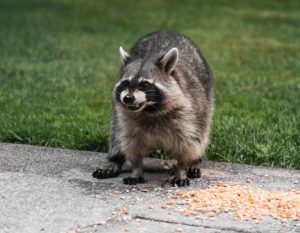 Spring is in the air and many animals are emerging from hibernation. Drivers will need to be aware of animals that may dart onto the road.
Spring is in the air and many animals are emerging from hibernation. Drivers will need to be aware of animals that may dart onto the road.
If a driver encounters a small animal (raccoon, squirrel) on the road, it may be safer not to oversteer as you could lose control of your vehicle. If you hit a small animal, you may have some minor damage to the vehicle but losing control would be much worse.
If you see a large animal like a deer or a moose, you need to reduce your speed as much as possible to lessen the impact and steer to avoid hitting the animal. You will need to quickly analyze the situation to determine your options. Is it safer to hit the animal or steer towards the ditch? Is it safer to hit an oncoming vehicle or a tree?
To minimize the risk, drivers need to condition themselves on watch for potential surprises. When driving in an urban area, scan well ahead and scan from house to house on each side. Look under parked cars, on lawns and on the sidewalks for any animals and movement. If you see movement slow down and be prepared.
When driving in a rural area, scan from field to field or tree line to tree line. This is where you want to be looking for larger animals that may be protecting their territory or their offspring. If you see an animal in your line of sight, take your foot off the gas and slow down in case the animal crosses your path.
Here is an activity you can try with a family member or friend. Ask someone to glance around their surroundings and count how many things are green. Tell them to stop and close their eyes. Now ask them to recall how many things they saw that were red. As they were focusing on one specific colour, they will have difficulty remembering the red items.
Drivers need to be aware of their surroundings in both urban and rural areas. In rural areas you would see more animals and in urban areas you would see more pedestrians. It is important to have the correct mindset when in care and control of a vehicle. Remember driving is a privilege, not a right.
